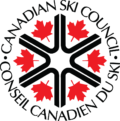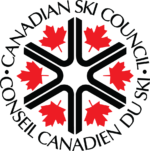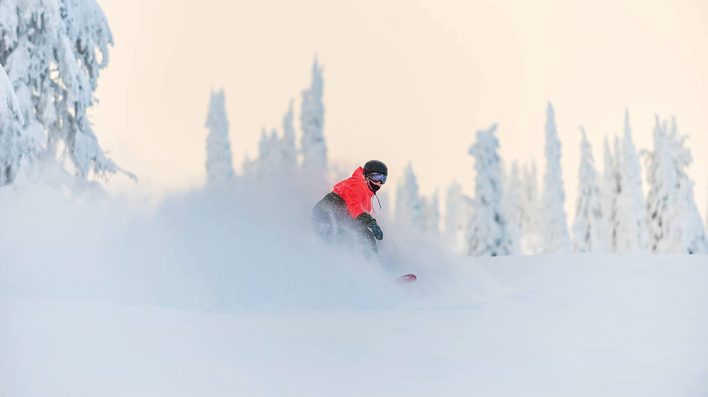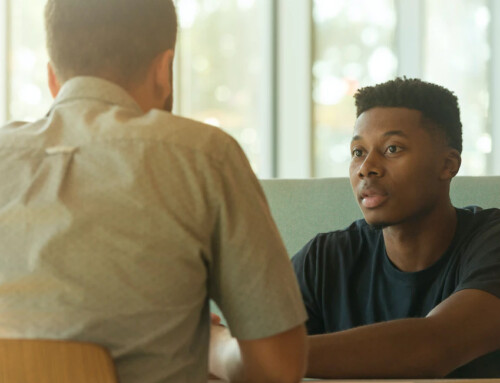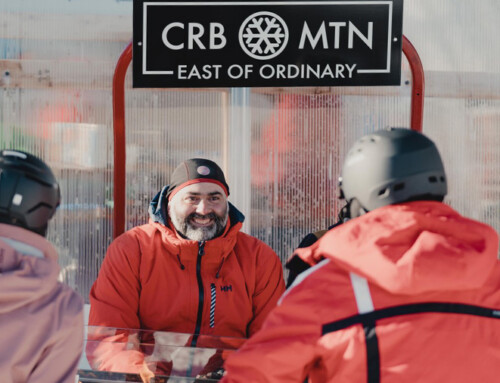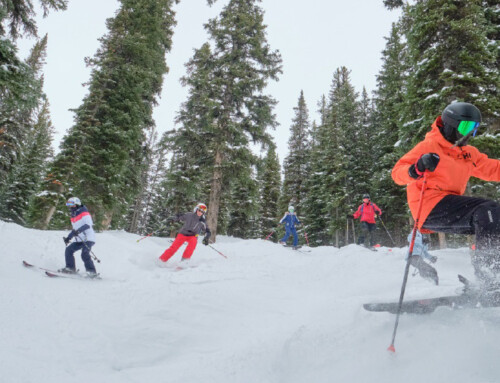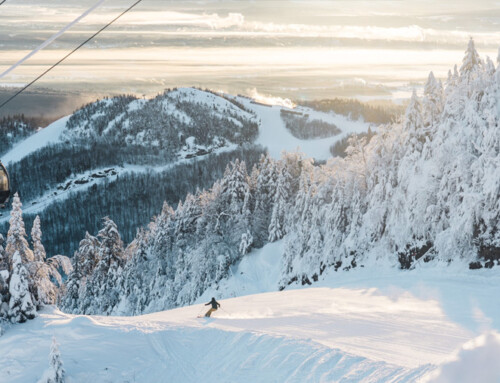With the sensational ski and snowboard success of Ester Ledecka, the snowsports industry is wondering if this will encourage more people to take up both sports. Research by PhocusWright back in 2011 already revealed that around 16 percent of US snowboarders also ski and that those who engage in more than one snowsport are likely to spend more time on snow, more days in ski resorts, buy more gear, and generally be more committed to winter sports vacations.
Newer figures, produced by Snowsports Industries America, show that the number of crossover skier/snowboarders is rising. In 2017/18, 48 percent of snowboarders surveyed also skied – over double the 22 percent recorded the year before. Of the skiers surveyed, 19 percent of them also snowboarded in 2016/17, increasing to 23 percent by last season. “We are seeing an increase in crossover activities based on the age of the participants,” says SIA’s Eric Henderson. “Many families that have young kids are trying new sports as their kids learn to ski or snowboard.”
For those considering a career in winter sports instruction, dabbling in double downhill skills could be an asset. Norman Kreutz, Technical Director of Snowsports at SilverStar says it makes season-long scheduling much smoother if an instructor is a mountain multi-tasker. “It gives more value to ski resorts to employ skier/snowboarder instructors,” says Kreutz, who trains instructors around Canada. “It’s so much easier for scheduling and also better for the instructor as they are pretty much guaranteed a season-long income. These days it’s very difficult for instructors to make ends meet – the wage is the same now, around $14 per hour, that it was when I first started in the 80s as a Level 1 instructor.” Getting certified in both disciplines is a big commitment, though: “It’s a big leap from Level 1 to 2, then bigger still to 3 and really significant to 4,” Kreutz explains. “When I passed Level 4, it was only four of us out of 64. It’s very expensive, too, probably about $3000 if you factor in lost income.”
At nearby Big White, Laura Price is a snowboard and ski instructor, intent on removing barriers between the dual downhill disciplines. “I think having a crossover between skiing and snowboarding gives you a greater respect for other snow users on the hill,” says Price who has been on snow for 37 years since a toddler. “I have heard many times comments like: skiers create all the bumps, snowboarders ruin all the fresh snow, skiers don’t look where they’re going, snowboarders are always sitting down in the middle of runs, and many more complaints! I think by having had experience of trying both disciplines these inaccurate and negative comments about the ‘other’ discipline will be slowly debunked.”
She has observed in her work that it is becoming increasingly more popular for beginners to give both disciplines a go, before favouring one over the other. “I still identify myself as a snowboarder who skis,” she admits. “Although it’s getting less essential to identify completely with either discipline.” Among her staff buddies at Big White, there for a seasonal “working holiday”, Price has noticed more arriving with both skills. “And in groups of younger visitors to the mountain I see more variation in mixed skiers and snowboarders. I also see lots of families that are on a mix of equipment and parents helping their kids who are on different equipment to them. I guess realizing that as long as the kids are having fun sliding it doesn’t matter which way they stand.”
Ester Ledecka’s legacy, she thinks, will lead to even more cross-over and collaboration between the two sports that initially held an element of rivalry. “It was awesome for me to see that it was a female that got that piece of history,” Price enthuses. “The skills are actually very transferable and even more so at an expert level, where the physics of what you deal with in terms of forces and pressure, and how you deal with them, are key to success. With the publicity of Ester Ledecka’s success in both disciplines, I feel more people will realize the similarities rather than focus on the differences.”
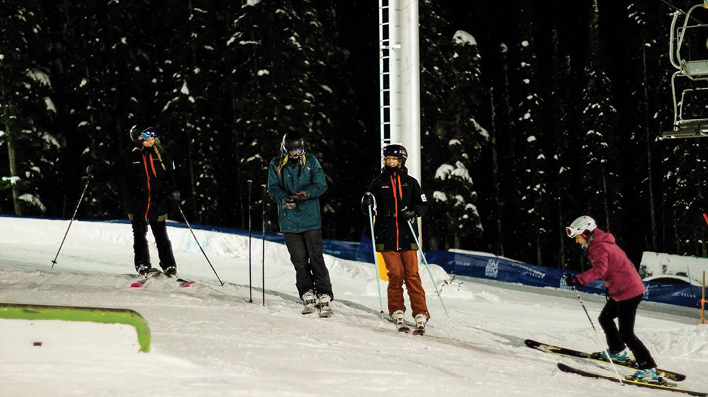
Born in Finland, Price’s winter sports’ background was a typical way of life. “It was also a mode of transport and not just a sport,” she explains. “We did both cross country skiing and downhill. I was always more of a fan of going downhill!” Encouraged by her older brother, she began snowboarding at the age of 12. “It did take me a while to fully commit to snowboarding but when I did, I only snowboarded and I didn’t ski for a good 10 years. It was only when I started doing full seasons that I got back into skiing.”
One of the barriers to taking up multiple winter sports is the cost of gear and clothing. Price says that her skis seem to last longer than snowboards – partly due to the amount of time she devotes to riding. On days off, Price decides between riding or skiing depending on the people she is going with. Her first priority is boarding, though, which is what she always does on a powder day. “I have had my current skis and boots for about five years, where I buy at least one snowboard and boots a year. The clothing I use for both, so no extra cost there.” It used to be that snowboarders wore quite different attire than skiers but these differences are diminishing with blurring innovations in ski/ride design.
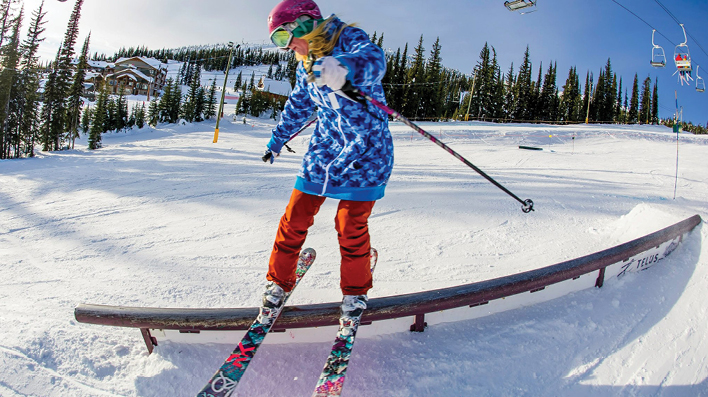
Despite the popularity of snowboarding, there are still more lesson-takers on skis. “They are also more likely to become return clients and book with you again,” says Price. “I definitely sell more private lessons on skis.” She originally trained in both to make herself more employable in a very competitive industry. “I feel it really helped me get my foot in the door,” she concludes. “I still overall teach more snowboarding but a lot of that is down to my higher certification in snowboarding. I also take out staff training, run instructor certification courses and season-long train courses on a board.” Another way of ensuring season-long employment at ski resorts is terrain park certification in both disciplines. “I became park certified on both to be able to fill the gap I had noticed for female park coaches on skis,” Price explains. “I run a girls-only park program called Park Chics and I wanted it to be more about girls getting together and encouraging each other than specifically skiing or snowboarding.”
Families or friend groups often encompass both sports these days and, naturally, would like to be able to stick together in classes and around the slopes. Price has come up with strategies to deal with this: “I will change equipment as it suits – sometimes swapping halfway and sometimes doing different days on different equipment,” she describes. “I have also taught the same person on skis and board. At the beginner level, this is more common when the client isn’t sure if they want to take up skiing or snowboarding. They usually make a decision and stick to one eventually. I have also taught clients one discipline in the park and then they’ve come back for park lessons on the other equipment. In that case, it is usually the challenge of the park and not the discipline that brings them back.”
